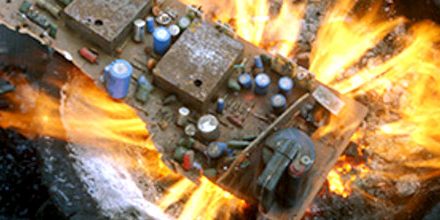Unchanged Prices or Slight Price Hike Expected for Driver ICs in 4Q21 Amidst Falling Panel Prices and Rising Foundry Service Prices, Says TrendForce
It should be pointed out that certain TCONs and LCD PMICs are experiencing either shortages or excessive lead times. Furthermore, TSMC will raise the prices of their mature foundry process technologies in 4Q21 by a relatively high margin. Taking these factors into account, TrendForce expects TCON and PMIC prices to remain in an uptrend for the quarter. With regards to smartphone TDDI, the decline in client orders for 4Q21 means that smartphone TDDI will not continue to undergo a price hike in 4Q21. Conversely, smartphone OLED DDIC prices are likely to remain bullish in 4Q21 for the following reasons: First, foundries’ production capacities for smartphone OLED DDIC are currently insufficient. Second, this product category involves a high level of technological barrier to entry in terms of IC design, meaning there are very few IC design companies capable of offering a stable supply of OLED DDIC; smartphone manufacturers are therefore scrambling to book OLED DDIC orders for next year’s handsets.
On the other hand, IC design companies have traditionally sold driver ICs, TCONs, and PMICs as a bundle to panel suppliers during shortages because bundling these components not only increases their sales volumes, but also ensures that panel suppliers receive these components in matching inventory levels. Despite rumors pointing to a possible price hike of driver ICs, TrendForce believes that, given the ongoing shortage of TCONs and PMICs, products sold as a bundle are likely to undergo successful price hikes.
After experiencing component shortages for more than a year, panel suppliers are projected to more carefully address issues of IC procurement and inventory management. On the whole, driver IC prices for 4Q21 will likely remain relatively unchanged from the previous quarter. Looking ahead to 2022, TrendForce expects the demand for display panels to trend downwards during the cyclical downturn of 1H22. This bear market, along with the fact that display manufacturers still need to use up their existing inventory of display panels, means that panel suppliers will almost certainly revise down their driver IC procurement. At the same time, as certain foundries gradually ramp up their driver IC production, the gap between supply and demand of driver ICs will in turn diminish. In other words, potential risks of driver IC shortage will also become slowly mitigated. For driver IC suppliers, their primary challenge for 2022 will be the ability to dynamically adjust their operations between peak demand and low demand periods. Consequently, IC suppliers that possess more robust operations and more diverse product portfolios will also hold the competitive advantage











